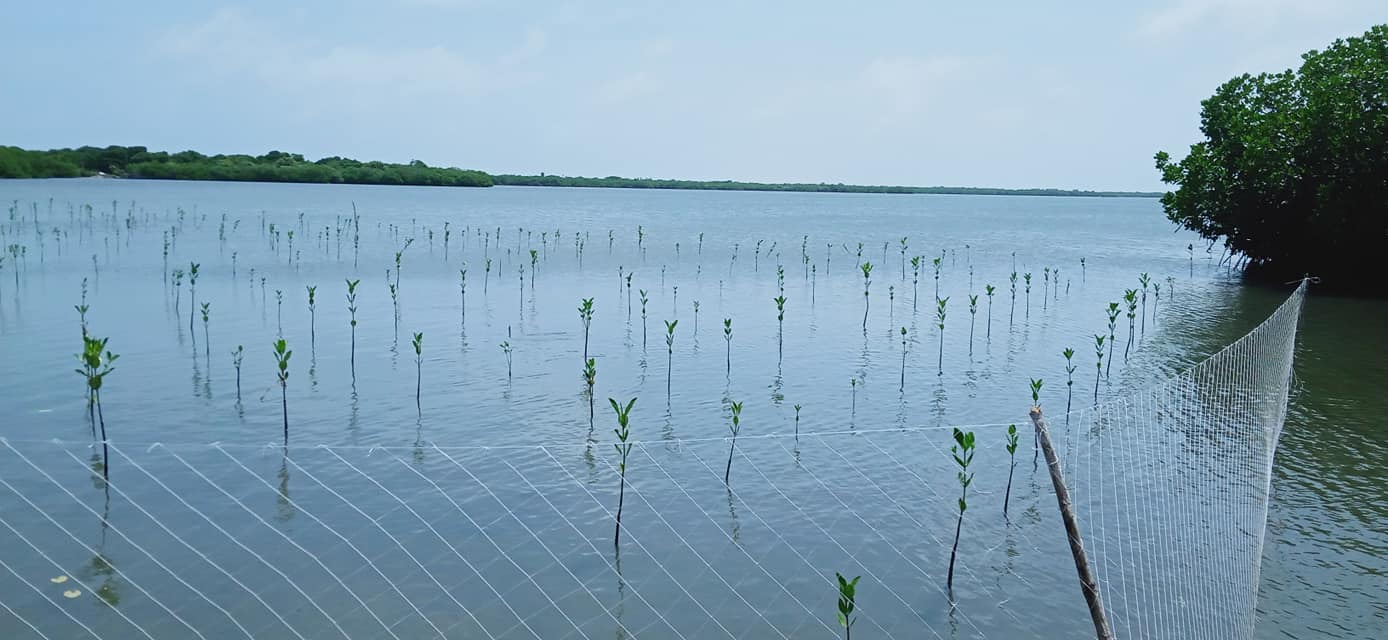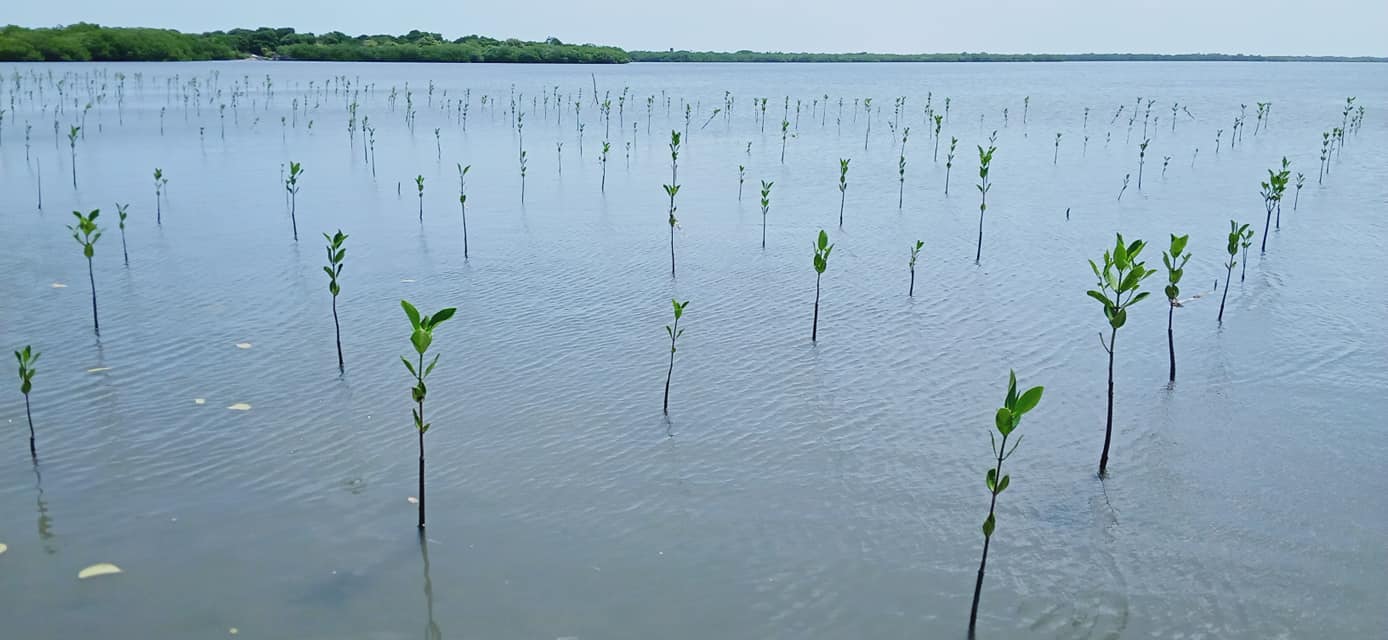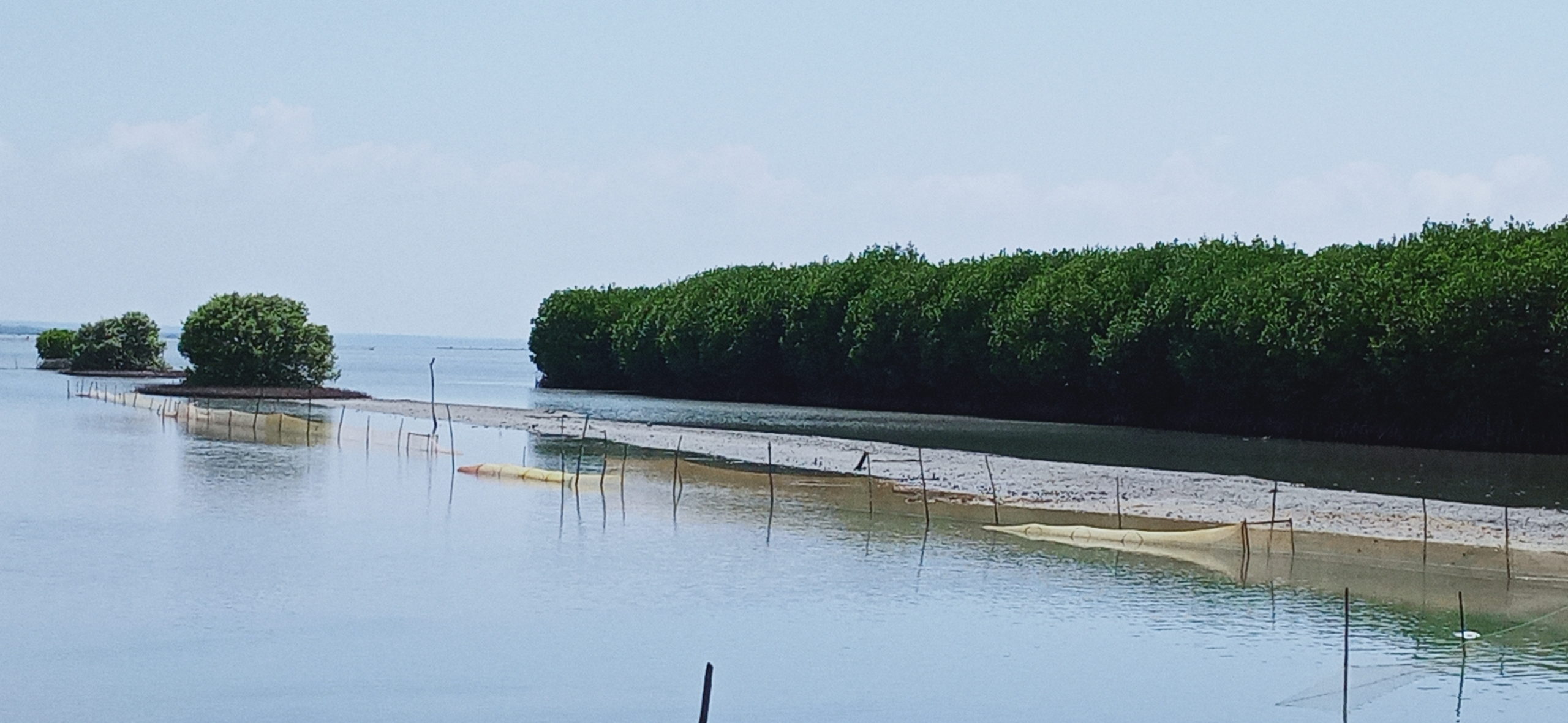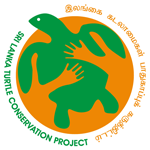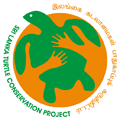
 Amami
Amami
Mangroves only grown in tropical and sub-tropical regions have several adaptations to living in high-saline water and withstand tidal fluctuation. Mangroves mostly evolved in lagoons & estuarine environments and they can never be observed in higher latitudes as they are weak to combat the low-temperature grades. Rekawa, Mannar, Puttalam, Kalpitiya, Trincomalee, Negambo, and around the river mouths of Kaluganga, Bentara river, Madu Ganga, Nilwala river & Walawe are some mangrove patches around Sri Lanka. Mangroves are not a single plant species. “Mangroves” is a common name for a group of species that shows a specific collection of adaptations to living in a particular environment. There are about 80 mangrove species that were identified around the world and 28 species can be observed in Sri Lanka. Kirala (Sonneratia alba), Mal kadol (Bruguiera gymnorhiza), Manda (Avicennia marina), and Gin pol (Nypa fruticans) are a few examples of mangroves in Sri Lanka. The Mangroves have adaptations to living in hypoxic (very low oxygen concentrated) environments, which have high saline, stagnant water with an extreme amount of debris & sediment accumulation. The mangrove ecosystem is an ideal shelter for several endemic and cosmopolitan bird species, lagoon and estuarine fishes, prawns, crabs, reptiles, and amphibians while balancing the biodiversity around coastal ecosystems. Mangroves stand against soil and land erosion in riverbanks, potentially caused by sea waves, tsunamis, and high tides while providing a wide variety of other ecosystem services.
